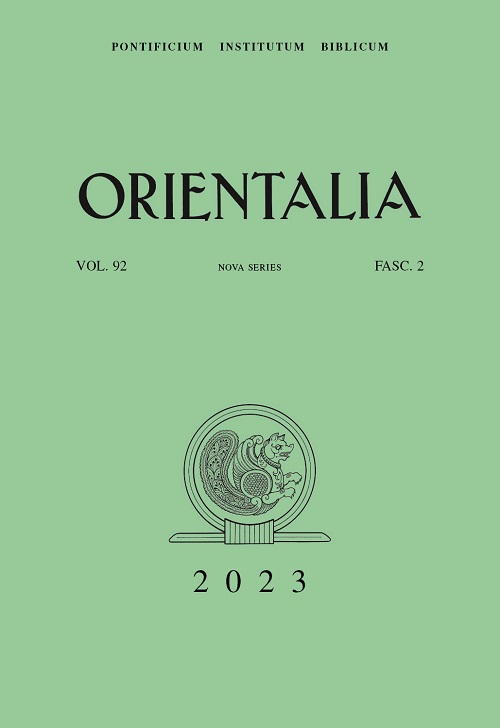 previous article in this issue previous article in this issue | next article in this issue  |

Preview first page |
Document Details : Title: Hamzah in the Quranic Consonantal Text Author(s): VAN PUTTEN, Marijn Journal: Orientalia Volume: 87 Issue: 1 Date: 2018 Pages: 93-120 DOI: 10.2143/ORI.87.1.3293194 Abstract : The glottal stop in Classical Arabic is expressed by the hamzah sign, which rather than being its own independent sign in the orthography, is generally treated as a diacritic sign placed on semi-vowels. This orthographic practice has generally been interpreted as reflecting the fact that the Quranic orthography was based on a variety of Arabic that has lost the glottal stop. By closely examining the Quranic Consonantal Text, this paper shows that the language of the Quran is such a variety that had lost the glottal stop, and that the absence of representation in the Consonantal Text is not a purely orthographic matter. Secondly, the paper shows that the glottal stop appears to not have been lost in word-final āʔ. Finally, the paper discusses an important early Quranic document, DAM 01-29.1, which shows many examples of innovative orthography to represent the hamzah in the consonantal skeleton of the Quranic text. |
|


